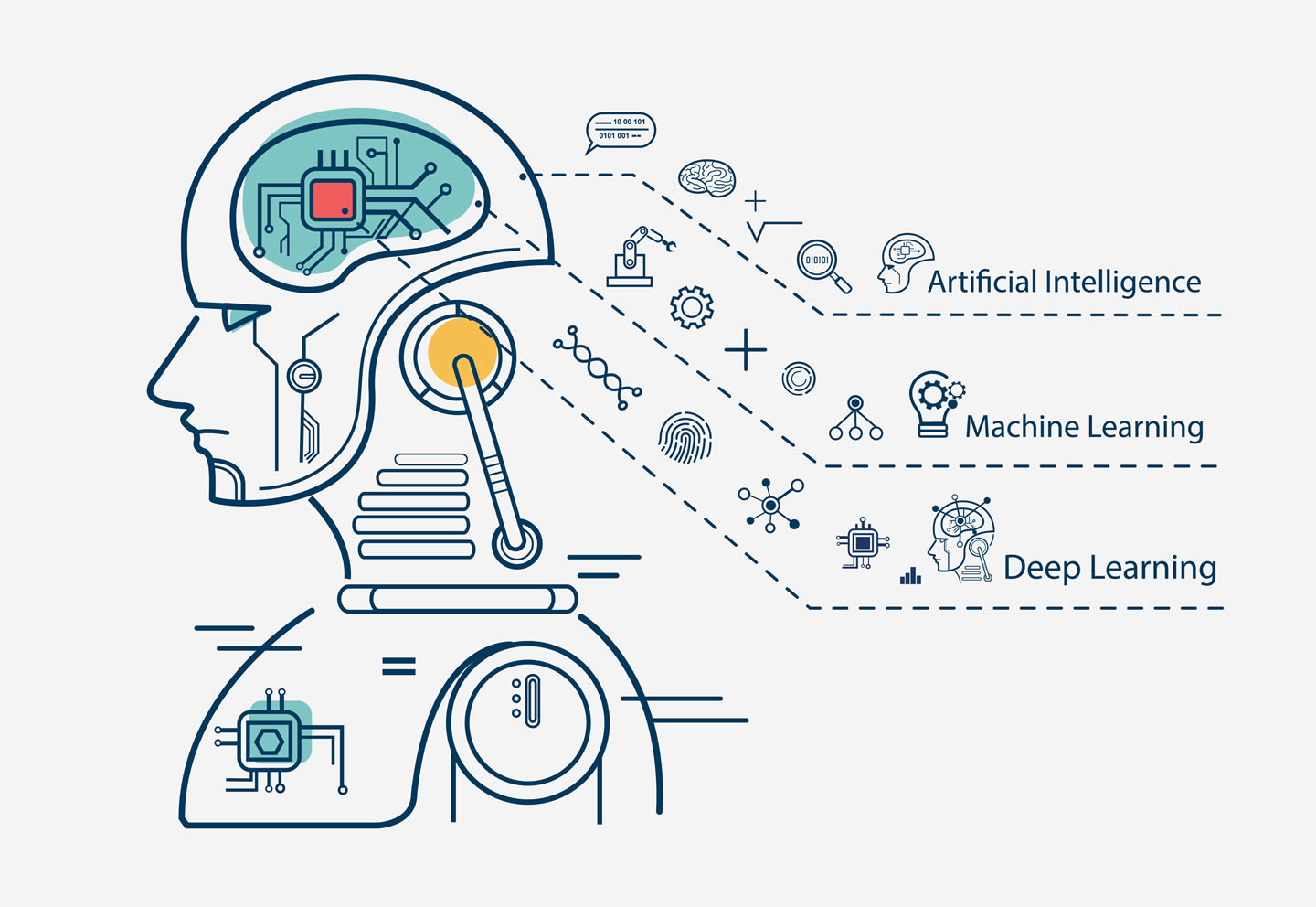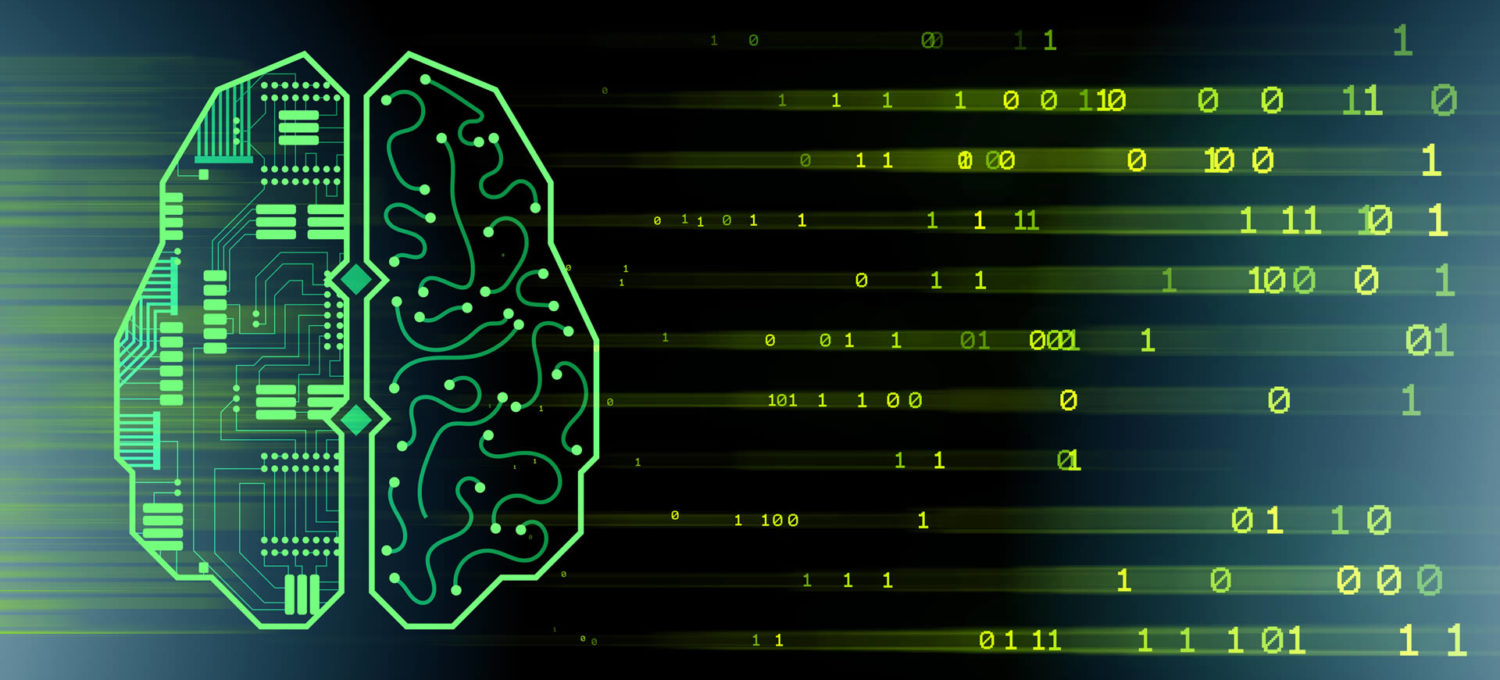MLOps are the newest trend in Artificial Intelligence. Short for Machine Learning Operations, the concept is a relatively new discipline or practice for data scientists and information technology professionals to interact or communicate while programming and automating machine learning algorithms.
The source and origin of MLOps can be traced to a paper titled Hidden Technical Debt in Machine Learning Systems back in 2015. Ever since then, the growth of MLOps has been quite dynamic and interesting. This article looks at the evolution of MLOps, focusing on how MLOps have changed in recent years.
Evolution of MLOps: What MLOps is all about now
MLOps has ultimately evolved over the years and is now in constant use for professionals working on producing machine learning models. It is focused on the development of models and their usage but majorly on the aspect of machine learning model operation and development.
The MLOps machine learning framework was designed by two young data scientists who were just finishing their bachelor’s degree. They independently came up with an idea to build a model of an artificial intelligence system that would help boost the AI field and use mathematical language and algorithms to achieve optimal results.
Over the years, MLOps has gone through several evolutions and has been able to expand its scope. It has become one of the biggest machine learning sectors today and has attracted many people and businesses in the industry.
As MLOps was being introduced, a new way of data science was also being introduced. The field of machine learning got more popular, and many researchers started building very sophisticated machines that could actually learn from data.
Today, MLOps has evolved to include the following areas:
- Model Lifecycle Management: Just like DevOps tools that need application development processes, MLOps tools are required for the process management of model development, deployment, training, and mode of operation.
MLOps also now involves providing consistent and reliable means of transporting models from data science to the production environment.
- Model Versioning & Variation: MLOps have changed to provide means that use various versions of models, alert and notifications to inform users of the model about the changes in version, and support many versions in operation as needs arise.
It has become a tool that ensures accessibility into the history of model versions and makes sure that outdated and obsolete models are not used. These needs arise as models are used and need to be changed and iterated as often as possible to accommodate new and emerging markets.
- Model Monitoring and Management: In recent years, the need for MLOps is more prevalent than ever. MLOps platforms are necessary to monitor the consumption and results of models to assess their accuracy, performance, and every other measure to ensure that acceptable results are produced.
This can help to provide data visibility and monitor various measures of the performance of models against thresholds.
- Model Governance: In real-world situations, models used can be depended on and relied upon. Due to this, MLOps have evolved to provide mediums for auditing, compliance with regulations and programs, governance, and access control of models.
This is achieved by features for tracing data changes to model changes, regulating model access, access control for models, monitoring and auditing how models use data, and any form of regulation a model needs.
- Model Discovery and Parameterization: Besides, it helps with the provision of catalogs for models produced just within the tool system. It also provides a marketplace for searchable models and is a way to locate consumable models, either developed internally or by external models.
- Model Security: Since models are valuable assets and must be protected, MLOps can prevent models from being affected by corrupt data. It also helps prevent models from being drowned by problems of service attacks, to protect them from being accessed by unauthorized users. In summary, MLOps protect data and ensure their security.

Main goals of MLOps
Usually, organizations face problems when it comes to successfully implementing and adopting machine learning across the organization. Some of the difficulties and challenges encountered may include deployment and automation, the ability of models and predictions to be reproduced, governance and compliance to regulations, diagnostics, scalability, collaboration among professionals, monitoring and effective management, etc.
MLOps help to overcome these challenges and allow organizations to work effectively and resolve issues during implementation. As time goes on, MLOps would be able to achieve these more effectively:
- MLOps would reduce the amount of time and challenges faced to make the production of models a reality.
- MLOps would be able to create an effective work cycle for the recent machine learning model.
- It will be useful in improving the tracking of models, iteration, monitoring, and overall management.
- The emergence of MLOps would help to eliminate friction and challenges between groups and ensure teamwork and collaboration.
- MLOps would further help to prepare for any uprising regulation or policies and improve the standards of the machine learning process.
Conclusion
Although MLOps is still in its early stages of development, it’s predicted that its market will be over $4 billion in a few years. This means it has a promising future as a component in the Artificial Intelligence landscape. The evolution of MLOps has also changed the way MLM is done. Because of its success and wide application, MLOps is now used by many companies to improve their business processes. Because of the success of this framework, many entrepreneurs have decided to take the plunge into the machine learning world.

